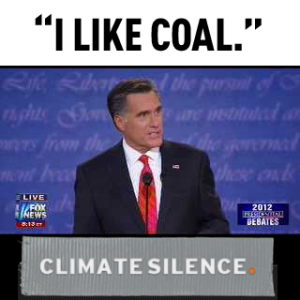This Monday’s good green news features 350.org. This global organization, led by author and environmentalist, Bill McKibben, focuses on global grassroots efforts to raise awareness of climate change caused by human impact, to confront climate change denial and to cut emissions of carbon dioxide, all in an effort to slow global warming. The group’s name derives from climate scientist, James Hansen‘s, assertion that any atmospheric concentration over 350 parts per million is unsafe. Rather than being one organization, 350.org is a global network of over 200 organizations around the world.
A primary feature of 350.org is its 350 workshop. This group has helped organize workshops in more than 20 countries. The staff members assist climate change campaigns in the development of skill building activities that effectively articulate their points. They focus on leadership, organization and communication as the key components necessary to build the political will to solve the climate crises. They help local green groups to organize marches, to participate in non-violent demonstrations in the Middle East, and to lobby political leaders on matters relative to climate change and clean energy. Their primary goal is to utilize a worldwide approach to create a huge wave of climate activism globally that cannot be ignored and will lead to lasting large-scale changes.
Each year 350.org identifies key campaigns of concern. Its current projects include moving India beyond coal, ending fossil fuel subsidies and showing the human face of climate change. 350.org boasts a very user-friendly website loaded with information on its organization’s mission, projects and available workshops. The website also provides access to membership, as well as an opportunity to donate to help this worthy cause finance its missions. 350.org leads by example in the movement to fight climate change and to save the planet. This organization presents a great opportunity to live green, be green.




